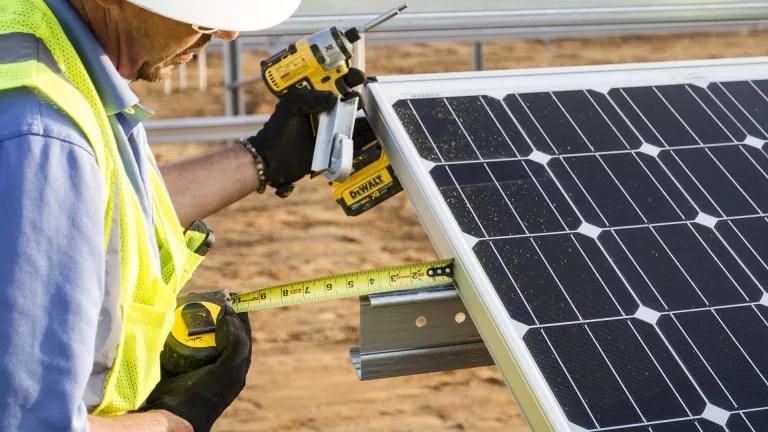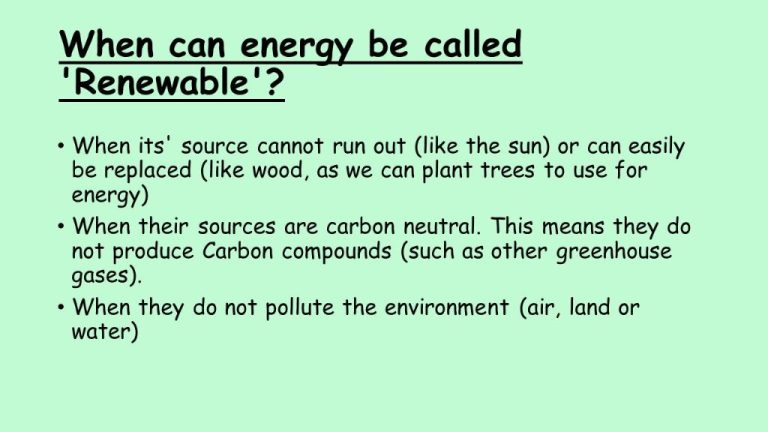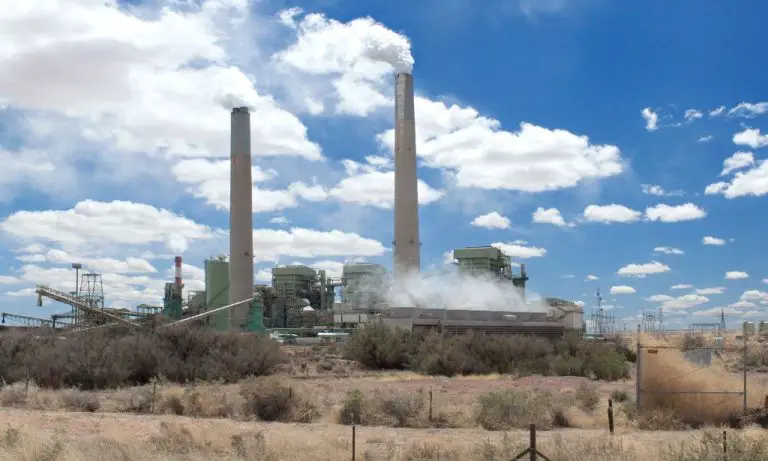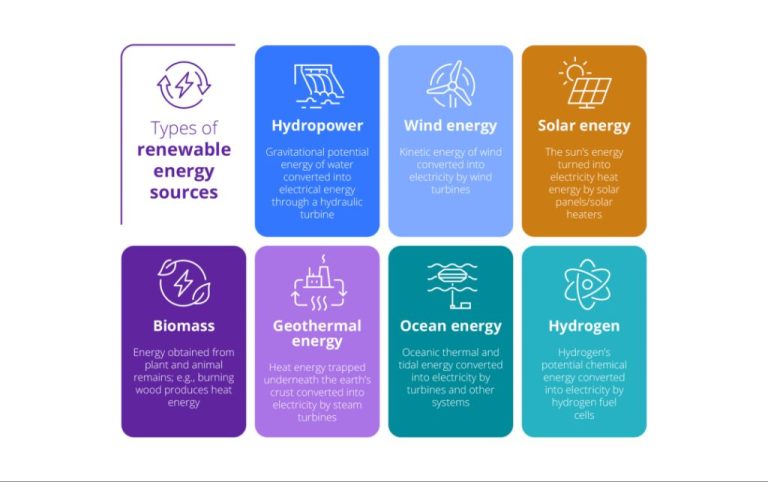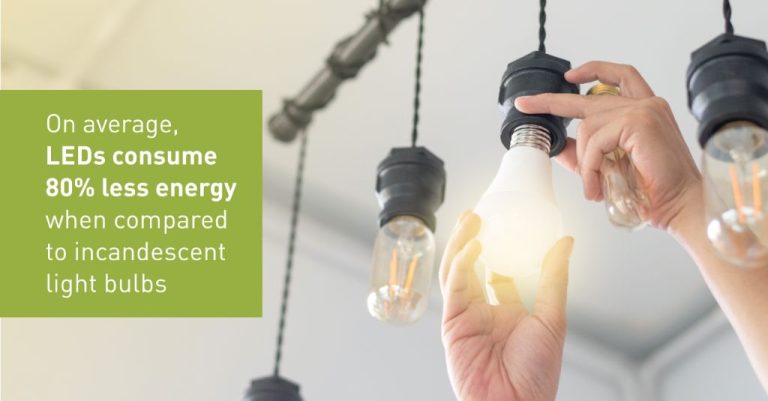What Is An Example Of Stored Energy For Kids?
What is Stored Energy?
Stored energy is energy that has been converted from another form for later use. It allows us to capture energy produced at one time and hold it in reserve until it is needed. Stored energy is an essential part of daily life.
For example, we store energy in the food we eat. The energy was originally captured from sunlight by plants through photosynthesis. When we eat plants, or animals that have eaten plants, we get energy that came from the sun.
Stored energy allows us to overcome challenges in timing. Energy production doesn’t always align with energy use. Storing energy bridges the gap, providing access to energy whenever and wherever we need it.
Devices and systems that store energy help make renewable energy sources practical. Sunlight and wind are intermittent, but stored energy lets us capture their energy when available and expend it when needed.
Overall, stored energy gives us flexibility and convenience in how we obtain and use energy.
Food
Food items like fruits, vegetables, grains and nuts contain stored energy that our bodies can use. When we eat food, our digestive system breaks it down so the energy inside can be absorbed and used by our cells. Foods that come from plants and animals contain three main types of nutrients that provide us energy:
- Carbohydrates like sugars and starches
- Fats
- Proteins
Carbohydrates are the main source of energy for kids and adults. Good sources of carbohydrates include fruits, vegetables, grains and dairy products. Fats also provide concentrated energy and help our bodies absorb vitamins. Nuts, seeds, meat and oils contain fats. Lastly, proteins help build and repair muscles and provide some energy. Meats, eggs, nuts and beans have lots of protein.
So in summary, foods are a great example of stored energy for kids. The energy was originally captured from the sun by plants, then passed along the food chain and packaged into fruits, veggies, grains, nuts, meats and dairy products that we can eat!
Batteries
One fun way for kids to understand stored energy is by looking at batteries. Batteries store chemical energy and provide electricity to power many of our favorite toys and gadgets. The chemicals inside the battery want to move from one end to the other, but can’t until the circuit is completed. When you connect your remote control car or video game controller, the chemicals can finally flow, creating electricity that powers them.
Batteries come in many shapes and sizes, but the concept is the same. The chemicals stored inside are just waiting to make electricity once the circuit is complete. Kids can visualize this when playing with flashlights, toys, or other battery-powered devices. The batteries store the energy until it’s needed.
Springs
Springs are a great example of stored energy that kids can easily understand. When you squeeze or stretch a spring, you are storing mechanical energy in it. The atoms in the spring get pushed together when you squeeze it. When you let go, the atoms push back out, releasing the stored energy. This makes the spring bounce back to its original shape. The same thing happens in reverse when you stretch a spring. The atoms spread apart to store energy, then snap back together when released. Springs are used this way in many objects, like mattresses, toys, and car suspensions. They provide a simple way to store energy that can later cause motion. Kids can grasp this idea by playing with springs themselves and feeling the energy get stored and released.
Water
Water held behind a dam contains stored gravitational energy. When the water is released, it flows downhill through turbines, spinning them to generate electricity. The water gains kinetic energy as it moves, transforming the stored gravitational energy into electricity. This is one of the most common large-scale examples of stored energy.
Dams create reservoirs that act like large batteries, storing energy for when it is needed. The higher the dam, the more gravitational potential energy the water has. Hydroelectric power is a renewable source of energy that relies on the water cycle to recharge the reservoirs behind dams. It’s one of the key ways we capture energy produced naturally on Earth.
Rubber Bands
Rubber bands are a great example of stored energy that kids can easily relate to. When you stretch a rubber band, you are using force to do work on the rubber molecules, which strains the molecular bonds and stores elastic potential energy. The further you stretch the rubber band, the more mechanical energy you put into it through work. The stretched rubber band can then release that stored energy and do work. For example, you can launch a paper airplane by pulling back and releasing a rubber band attached to it. The rubber band converts the stored elastic energy into kinetic energy that propels the plane forward. Rubber bands are a fun way for kids to see that energy can be stored in objects and released later through a physical process.
Compressed Air
Pumping air into a tank stores energy by compression. The more you compress the air in the tank, the more potential energy it contains. As you release the air from the tank, the compressed air expands and can be used to do work, like powering pneumatic tools. The energy stored by compressing the air is a form of stored potential energy.
This is an easy to understand example for kids. Imagine inflating a balloon – you are pumping air into it and compressing that air to store energy. When you release the air by popping the balloon, the compressed air rapidly expands and makes a fun noise. The energy that was stored in the compressed air is converted to sound and motion energy.
Flywheels
Flywheels are a great example of stored energy that kids can easily understand. A flywheel is a spinning wheel that stores rotational energy. As the flywheel spins around its axle, it builds up kinetic energy. The faster the flywheel spins, the more energy it stores.
To help kids visualize this, you can use the example of a potter’s wheel. When the potter pumps the pedal to spin the wheel, they are adding energy to the system. The spinning wheel stores this energy as rotational kinetic energy. When the potter stops pumping, the wheel keeps spinning for a while from the stored energy before gradually slowing down.
Fidget spinners are another fun flywheel example. By flicking the fidget spinner, you add kinetic energy that allows it to spin rapidly. The rotational kinetic energy is then stored in the spinning fidget spinner. This stored energy keeps the fidget spinner spinning until friction eventually causes it to stop.
Flywheels are useful because they allow energy to be stored in rotational form and released when needed. This makes them an important component in many machines!
Examples in Nature
Nature provides many examples of stored energy that are easy for kids to understand. Seeds store energy in the form of fats and carbohydrates which the seedling uses to sprout and grow. Trees and plants store energy in the form of chemical energy in wood and roots that can later be burned as fuel. Animals store excess energy from food as fat which their bodies use as an energy reserve when food is scarce. Bees collect and store energy in the form of honey which they consume during cold winter months when other food sources are not available. Even large oceans and lakes serve as energy reserves, storing thermal energy from the sun that moderates land temperatures and drives weather patterns. Helping kids recognize these examples of stored energy in the natural world around them makes the concept more concrete and relatable.
Importance of Stored Energy
Stored energy is incredibly useful and essential in our everyday lives. It allows us to capture energy when it is available and save it for later when we need it. Some key reasons stored energy is so important include:
-
It provides us energy on demand. Stored energy like batteries and gasoline allow us to have access to energy whenever we need it, not just when it is being actively generated.
-
It enables portability. Because energy can be stored, we can transport it for use in cars, phones, toys and other devices where portability is important.
-
It allows managing supply and demand. We can store excess energy when supply is high and demand is low, and use it later when demand increases. This helps balance our energy needs.
-
It provides backup power. Stored energy can kick in when main power sources fail or are interrupted.
-
It makes energy more efficient. We can store energy when production costs are lower and use it when needed rather than having to constantly produce energy.
In summary, the ability to store energy allows us to build a robust, efficient and reliable energy system that powers our modern way of life.

